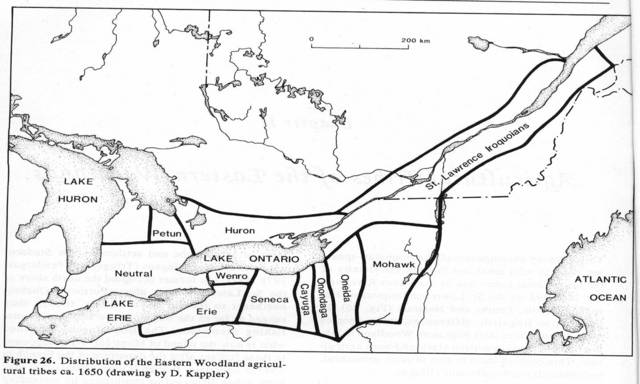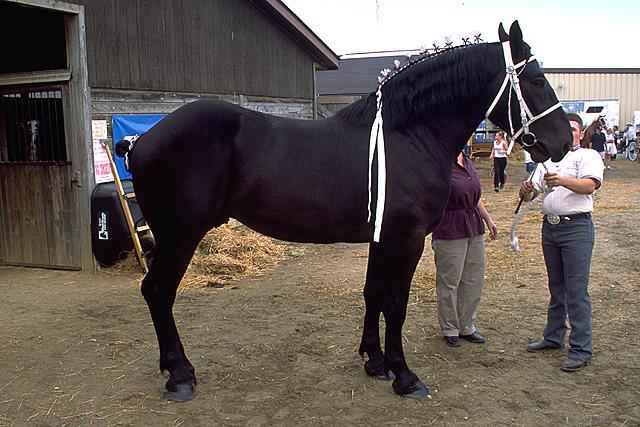| ||||||||||
Dr. Ronald P. Rogers CHIROPRACTOR Support for your body's natural healing capabilities 270-384-5554 Click here for details 


Columbia Gas Dept. GAS LEAK or GAS SMELL Contact Numbers 24 hrs/ 365 days 270-384-2006 or 9-1-1 Call before you dig Visit ColumbiaMagazine's Directory of Churches Addresses, times, phone numbers and more for churches in Adair County Find Great Stuff in ColumbiaMagazine's Classified Ads Antiques, Help Wanted, Autos, Real Estate, Legal Notices, More... 

|
Kentucky Color - Lucy Clark Demumbrunn Chapter V Whether Lucy Clark Demumbrunn knew much of her illustrious 4th great grandfather, Pierre Boucher, or not is conjecture. Boucher's role in settling New France and dealing with the native Indians has a lasting place in history - of Metcalfe County, of Canada, of the United States, and of Toria, Adair County, KY. Click on headline for complete Chapter V NEXT EARLIER CHAPTER: Kentucky Color - Lucy Clark Demumbrunn Chapter IV By Billy Joe Fudge From the previous chapter we learned about the birth of Pierre Boucher (boo- shay) in the Perche of France in 1622. Pierre was Lucy Clark Demumbrunn's 4th Great Grandfather and was my 8th Great Grandfather. It is not clear how much Lucy Clark knew about Pierre Boucher. Although I have no proof, I would suspect that she would have known about him and would have been proud to be his descendant. Pierre's Father Gaspard Boucher brought his family to New France (Canada) in 1635 which would have made Pierre 13 at the time. They settled along the St. Lawrence River. It seems that these efforts to colonize New France were being led by a joint venture of the French Government and the Catholic Church. They would bring over 400 colonist annually and most of them were of the Perche region where Pierre was born. And yes, the Percheron, the heavy black or gray "draft" horse known for its great strength originated in that region, also. Pierre was educated by the Jesuits mostly during a four year missionary trip as an assistant. The trip was to indoctrinate the Huron Indians. During the four years he learned much about the Indians and their dialects. He was wounded during an uprising by the Hurons and returned to Quebec where the Governor took him into the army making him an Indian agent. The Governor developed great faith in Pierre's talents and abilities and often promoted him in rank. Later on he was assigned to an outpost at Trois-Rivieres where the St. Lawrence and St Maurice Rivers intersected. This was an important assignment since the area folks and the fort were an important defense for the town of Quebec. Should Quebec fall into the hands of the Iroquois Nation then the entire effort to settle New France and claim it as a French Colony would be in jeopardy. It was here that his leadership and tactical skills became evident and his genius at diplomacy launched him into the history books as a leading figure in the development of Canada. Pierre was just a Sargent but began training the settlers who were utilized to supplement the limited standing army. He developed the protocols for their involvement, how they would defend the fort and how they would farm the surrounding countryside limiting their losses to the constant attacks by bands of Iroquois who were raiding their crops and inflicting casualties. A new Governor in June of 1651 appointed Pierre, Captain of Trois-Rivieres but then, just over a year later, would make a grave and deadly mistake in judgement which would further elevate Pierre in the hearts and minds of those early settlers. Reading the chapters going forward OR back to Chapter I to start from the beginning:
This story was posted on 2017-01-08 05:08:49
Printable: this page is now automatically formatted for printing.
Have comments or corrections for this story? Use our contact form and let us know.
More articles from topic News:
Living Wills, Medicare needs discussed at Caregivers meeting Fire destroys mobile home on Freedom Church Road Steve Coomer warns against real rural danger CMS girls' basketball team to host bake sale 4-H Home School meeting Tue, 17 Jan 2017 Mr. Young imposed restrictions on ice-cream eating St. Bernard Ben Arnold: Congratulations to Stotts Construction Helping Veterans Who Have Helped Us - Seminar 9 Jan 2017 Stotts Construction is low bidder on Fairplay water line Casey County student receives Toni Pendley scholarship View even more articles in topic News |


|
||||||||
|
| ||||||||||
|
Quick Links to Popular Features
Looking for a story or picture? Try our Photo Archive or our Stories Archive for all the information that's appeared on ColumbiaMagazine.com. | ||||||||||
|
Contact us: Columbia Magazine and columbiamagazine.com are published by Linda Waggener and Pen Waggener, PO Box 906, Columbia, KY 42728. Please use our contact page, or send questions about technical issues with this site to webmaster@columbiamagazine.com. All logos and trademarks used on this site are property of their respective owners. All comments remain the property and responsibility of their posters, all articles and photos remain the property of their creators, and all the rest is copyright 1995-Present by Columbia Magazine. Privacy policy: use of this site requires no sharing of information. Voluntarily shared information may be published and made available to the public on this site and/or stored electronically. Anonymous submissions will be subject to additional verification. Cookies are not required to use our site. However, if you have cookies enabled in your web browser, some of our advertisers may use cookies for interest-based advertising across multiple domains. For more information about third-party advertising, visit the NAI web privacy site.
| ||||||||||






















































